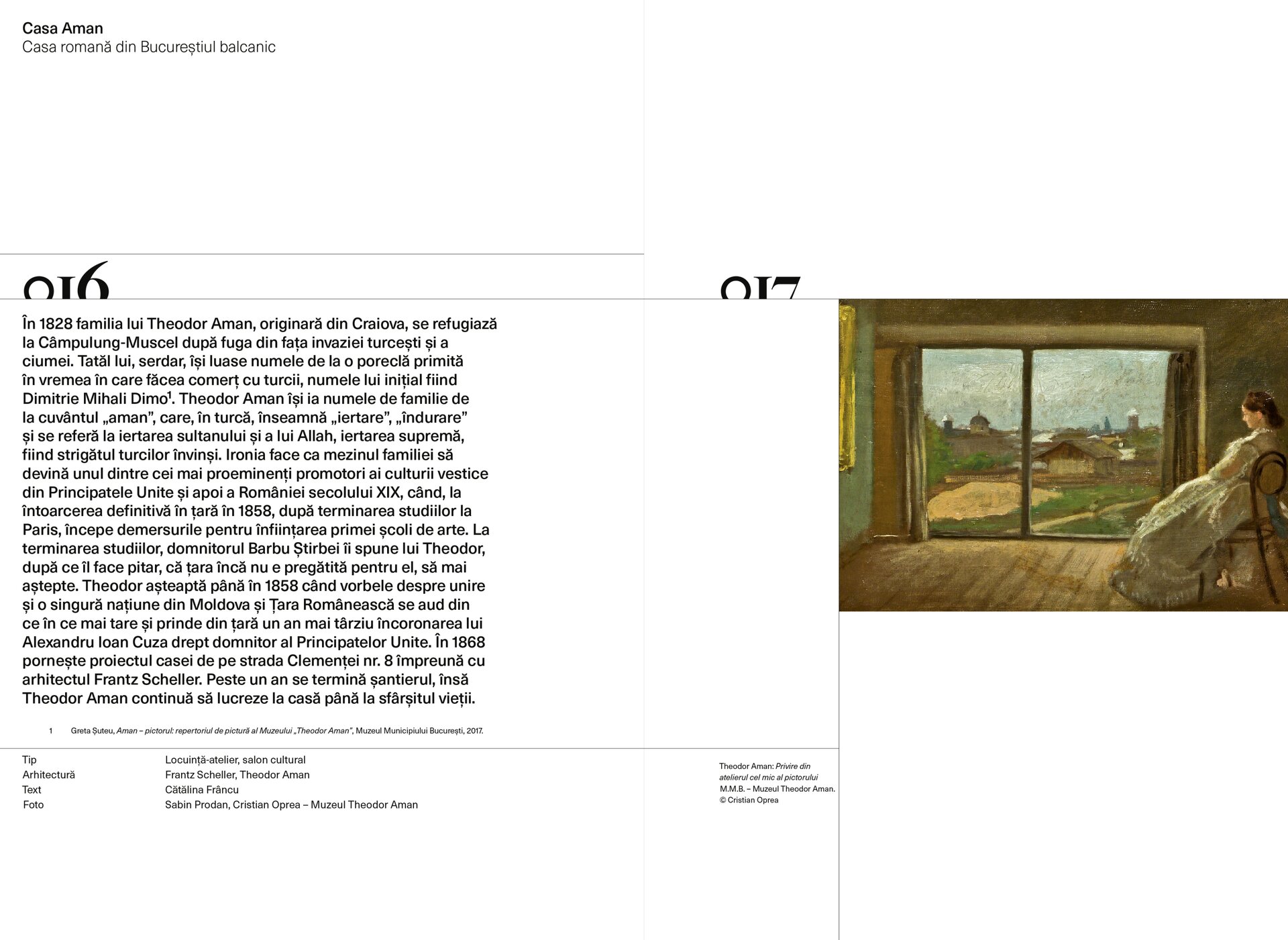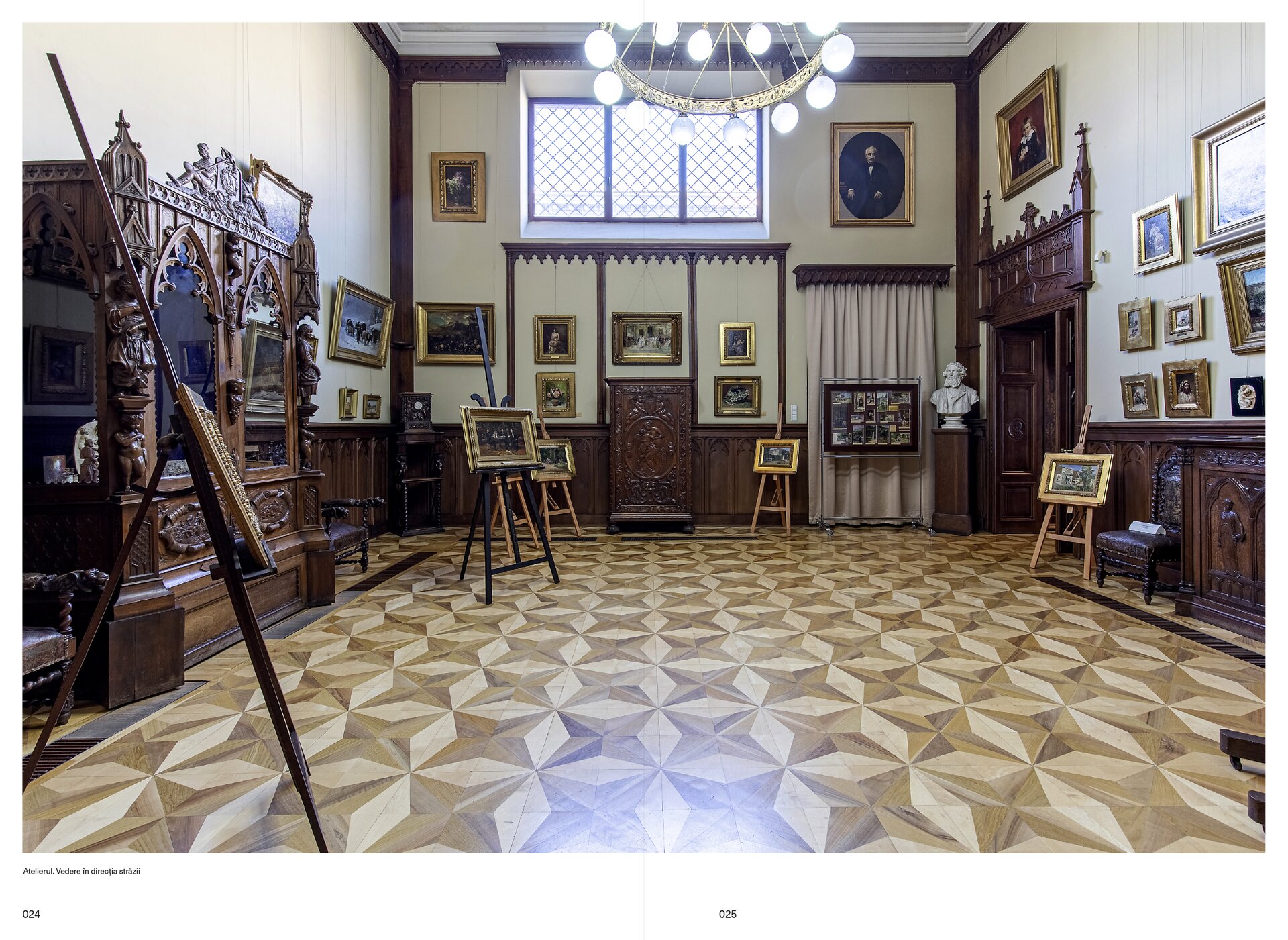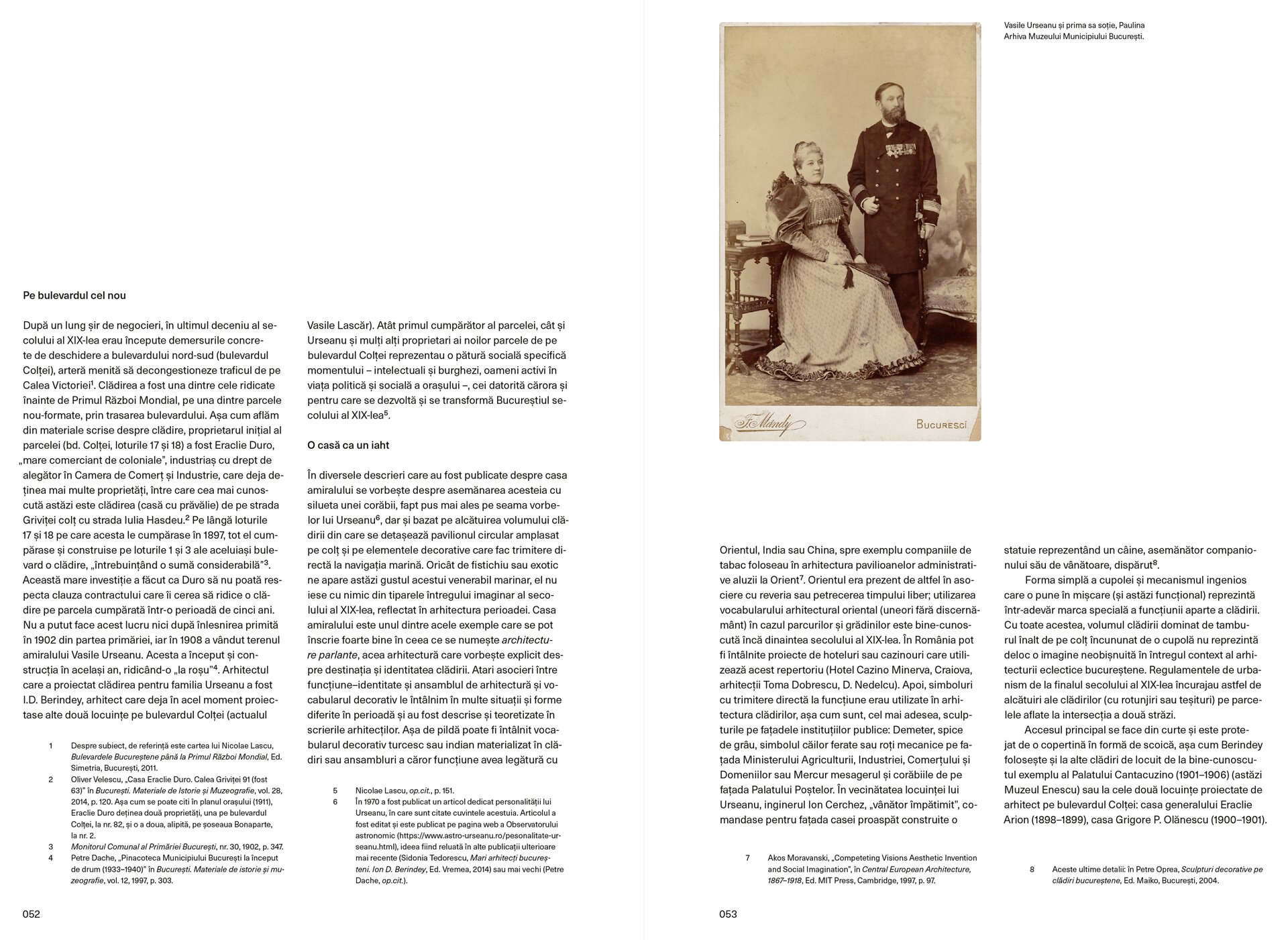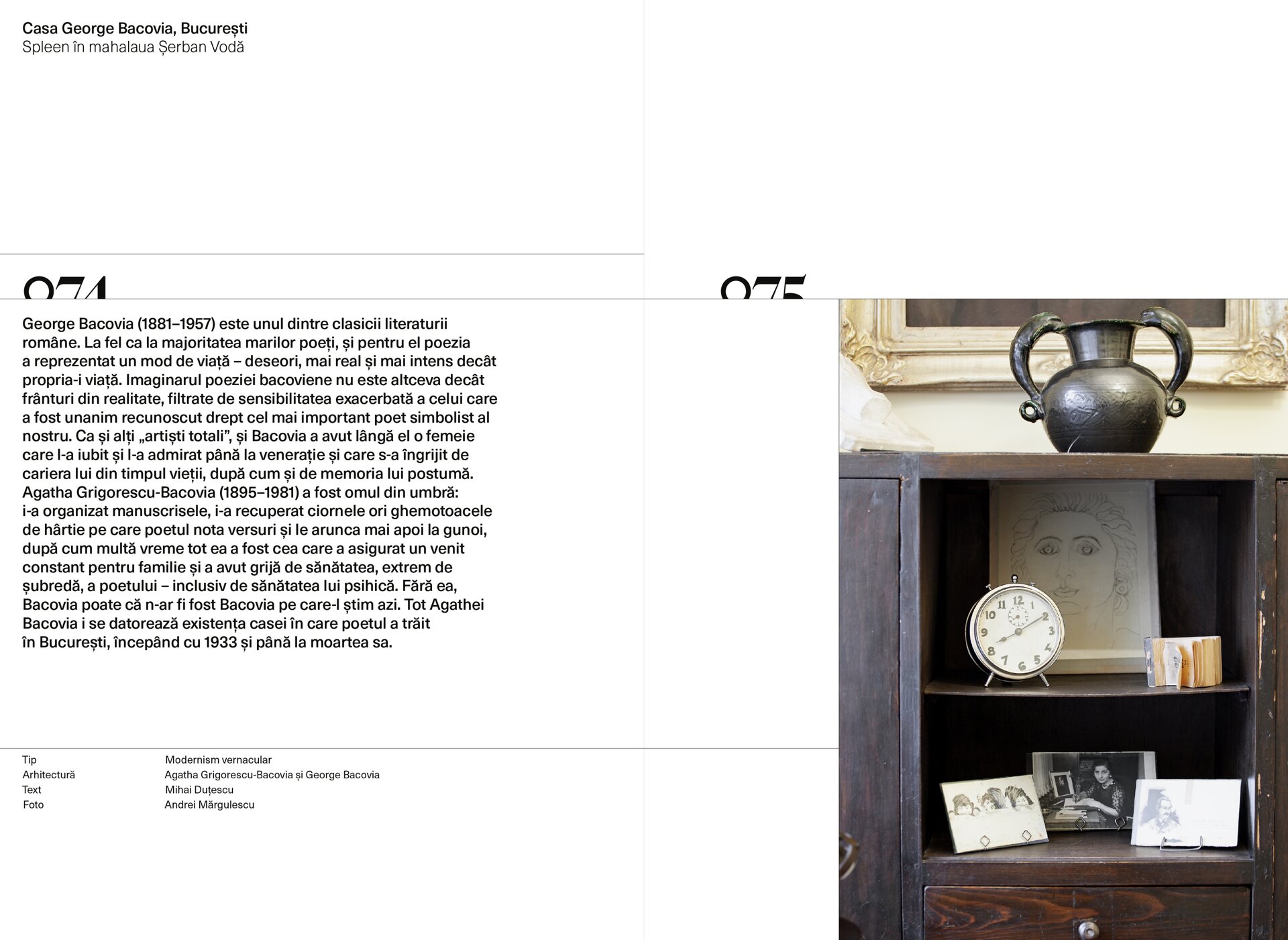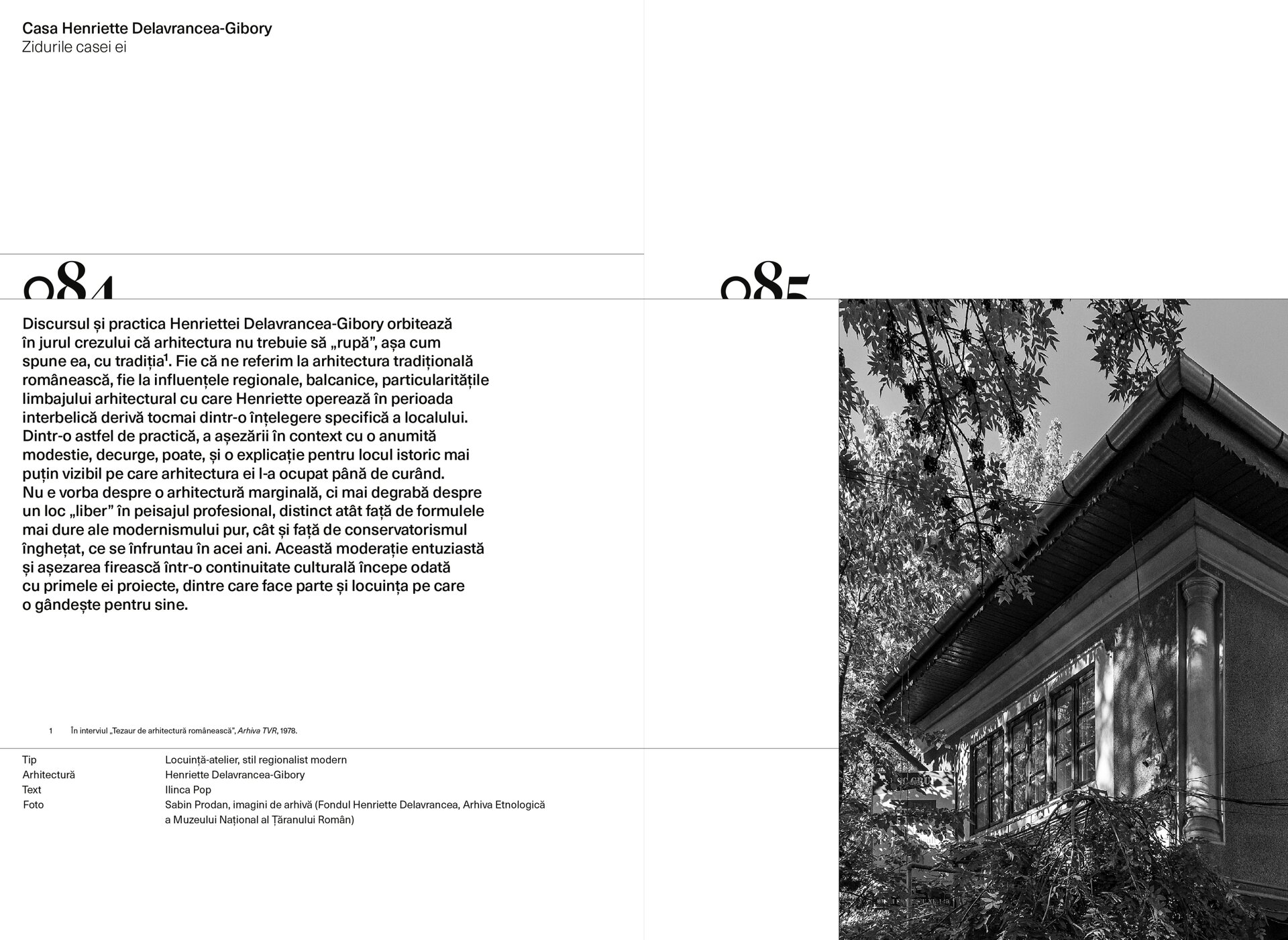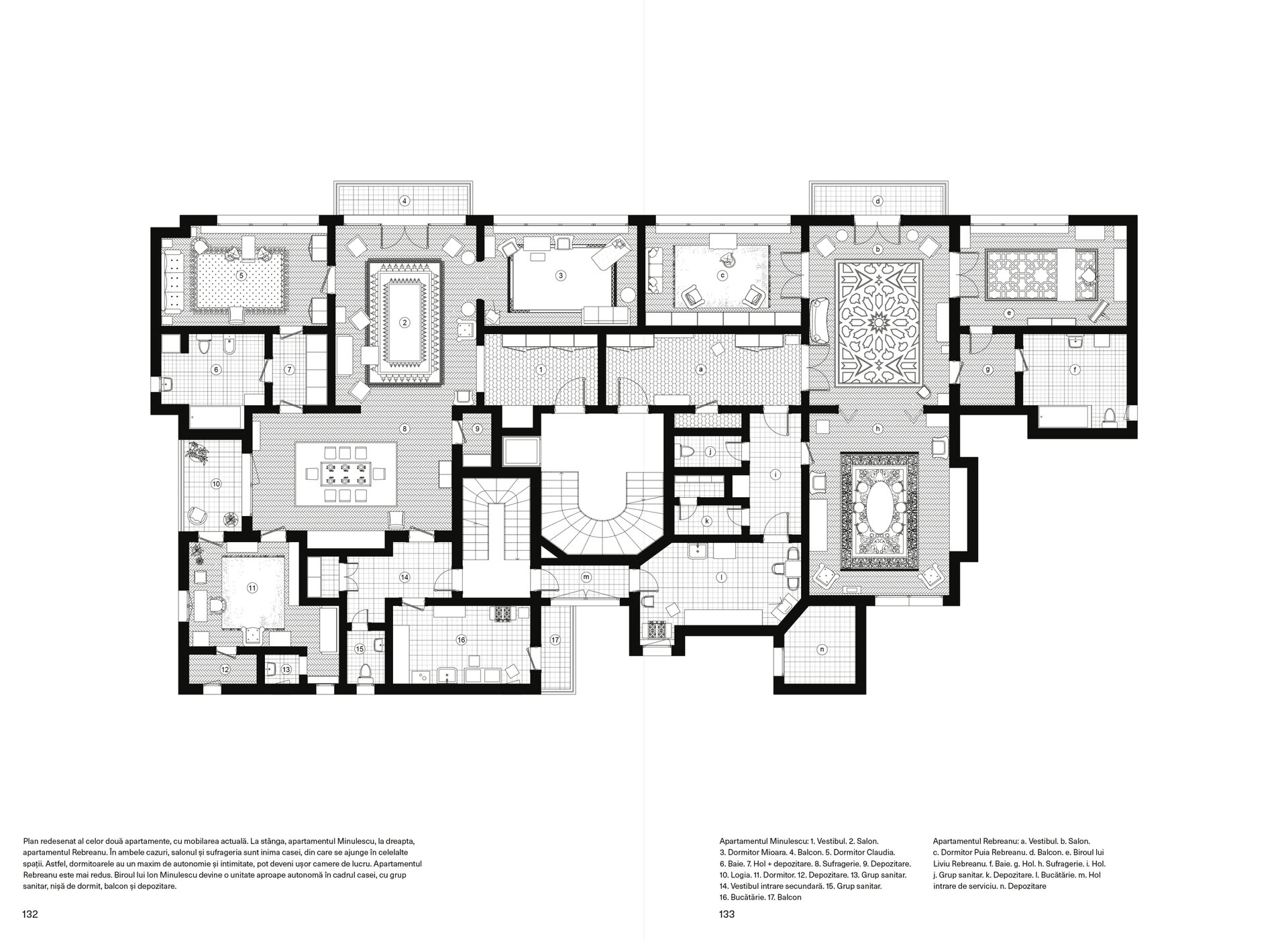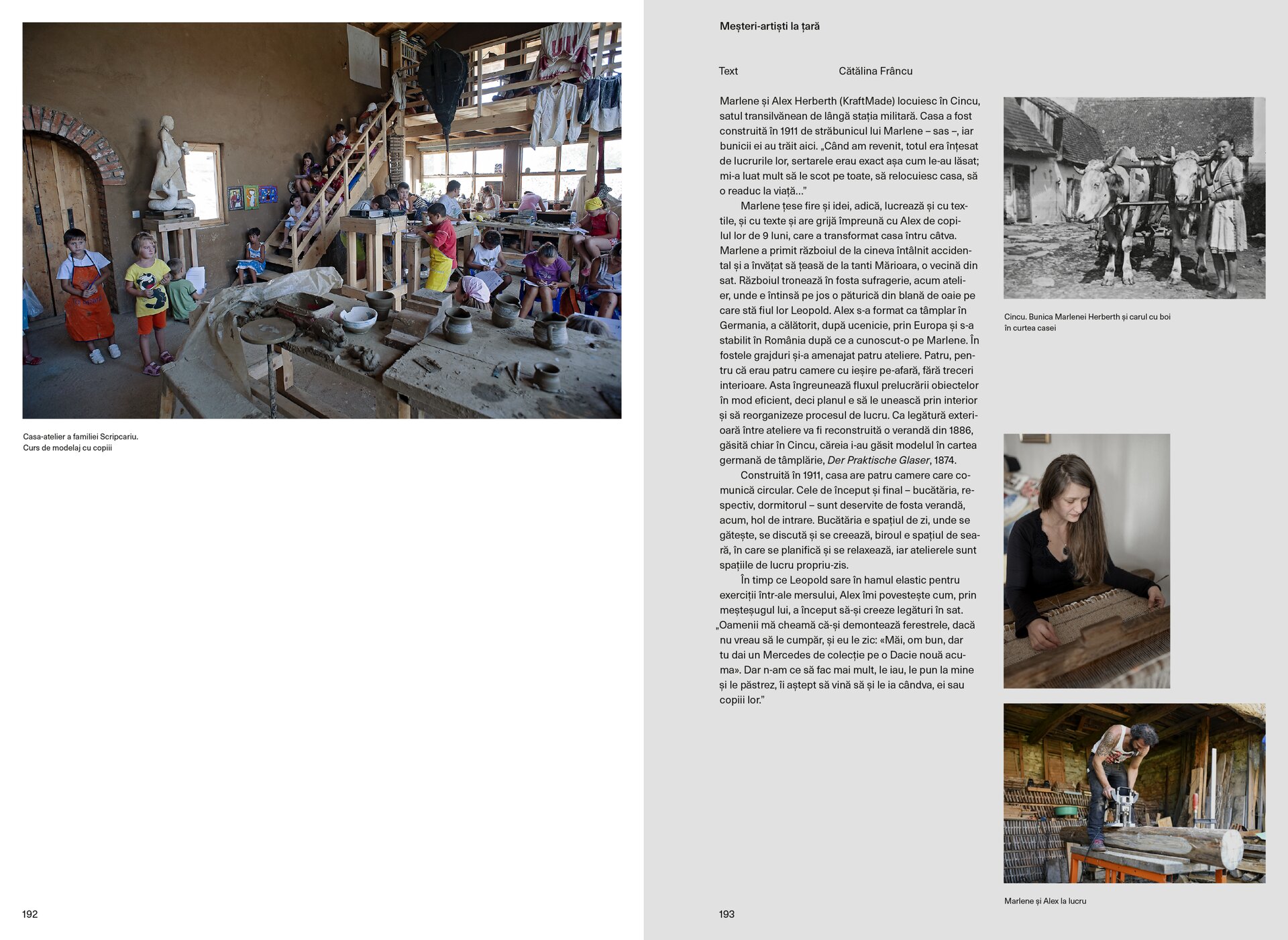
- Prize of the “Research through Architecture / Architecture Books” section (ex aequo)
People at work in their homes
Authors’ Comment
One way or naother, we all worked from home too. But, starting with 2020, we head to reconsider the relation between work and dwelling. And we still don’t really know how our houses, offices, atrliers and schools are going to look like.
In order to look ahead in a good way, we believe we also have to look in a good way back. This book is dedicated to dwellings in Romania that also served as working spaces for culturally significant people in the last 150 years. We treid to lllok in a different way to (houses of) people that stronfly defined our modern history and which sometimes also weew or turned into architects.
We are talking about charming houses and what happened inside them, but aslo how they may serve as a model for today’s architecture and habitation.
Histroy becomes part of the present. Archive images and plans stay alongside new photos and redrawn or sometimes even reconstructed plans. W are discovering a living heritage, we understand differently and also get closer to the frozen characters from our school manuals.
Istoria devine parte a prezentului; imaginile şi planurile de arhivă sunt însoţite de reportaje fotografice noi şi de planuri redesenate sau chiar reconstituite. Descoperim un patrimoniu viu, înţelegem altfel şi ne apropiem de personajele îngheţate din manuale.
We pay a visit and find out about 14 homes and about thoser that designed, built and used them. Among the selected houses are the ones of Ion Creangă in Iaşi, Theodor Aman, Cuţescu Storck, Amiral Urseanu, Dinu Lipatti, George Bacovia, Henriette Delavrancea Gibory, designs by famous Modernists Horia Creangă and Duiliu Marcu,by arhitect Károly Kós in Cluj, self-built houses by famous writers such asTudor Arghezi and Gellu Naum, Comana.
The last chapter is about today’s hybrids and what they share with their older counterparts as well as a synthesis of features that can shape a good model for the future. Examples are atlier-houses in Transylvania (Marlene and Alex Herberth (KraftMade) in Cincu, Lia and Dan Perjovschi’s Contemporary Art Archive in Sibiu), or near Bucharest (the Piscu Museum by Virgil and Adriana Scripcariu).
- People at work in their homes
- Diploma Box
- Courtyards of Bucharest. The hidden potential of urban morphology
- Alfred Popper, 1874-1946: the (re)discovery of an architect
- Eternal Architecture in Romania. Cemeteries, mausolea, funerary buildings in extra-Carpathian territory (1830-1939)
- Heritage, Landscape and Restoration of Historical Gardens
- Architect Ion Căpșuneanu. Achievements and sufferings
- Toma Stelian House: a historical perspective
- Isolation in a series of liminal states
- Best practice guide: Băile Govora case
